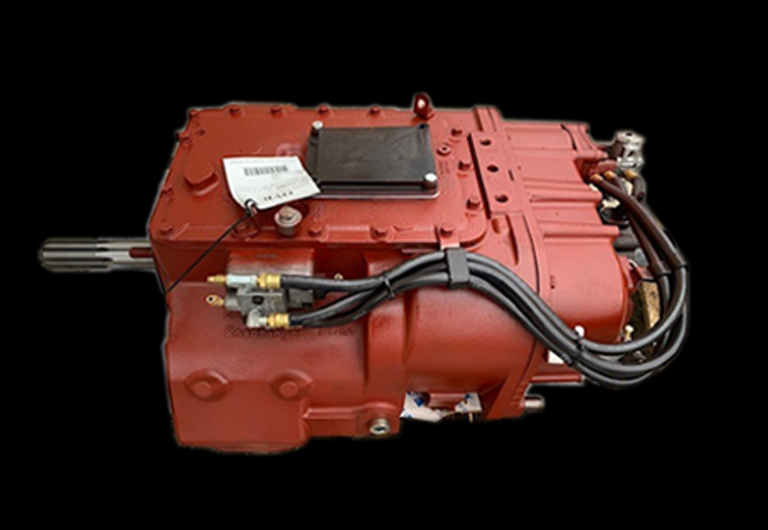How to Tell the Difference Between Rebuildable Cores and Scrap Material
Jay Stewart • February 12, 2025
Distinguishing between good core parts versus scrap involves accessing several key factors:
1. Visual Inspection
- Cracks & Damage: Look for visible cracks, breaks, or excessive rust that compromise structural integrity.
- Warping or Distortion: Heat damage may cause warping, making the part unusable.
- Excessive Corrosion: Some surface rust is normal, but deep corrosion or pitting can render a part scrap.
- Missing or Broken Components: If key parts (e.g., mounting brackets, flanges, or housings) are missing, it may only be valuable for scrap.
2. Internal Condition
- Cylinder Heads & Blocks: Check for cracks, warping, or stripped threads. Pressure testing can determine if they hold compression.
- Crankshafts & Camshafts: Check for scoring, excessive wear, or cracks using a magnifying glass or dye penetrant test.
- Connecting Rods & Pistons: Bent rods or seized pistons indicate the part is likely scrap.
3. Wear & Usability
- Bearings & Journals: Excessive scoring or heat marks on bearing surfaces indicate major wear.
- Gears & Shafts: Worn-out teeth, excessive backlash, or out-of-spec measurements mean the part may not be reusable.
- Oil & Coolant Contamination: Metal shavings or excessive sludge inside an engine can indicate internal failure.
4. Rebuild-Ability & Market Demand
- Can It Be Machined? If a part can be resurfaced, honed, or rebuilt, it may have core value.
- OEM & Aftermarket Demand: Some parts (e.g., cylinder heads, blocks, and turbochargers) hold value if they can be remanufactured.
- Core Buyer Specifications: Check with rebuilders or core buyers on acceptable conditions. Some allow minor damage if the core can be repaired.
5. Testing & Measurement
- Compression & Leak-Down Test: Helps determine if an engine core is viable.
- Micrometer & Dial Bore Gauge: Measures wear on journals, cylinder walls, and bearing surfaces.
- Magnaflux or Dye Penetrant Test: Identifies internal cracks in metal components.
6. Weight & Material for Scrap
- Cast Iron vs. Aluminum: Heavy-duty engines often have valuable cast iron or aluminum content. If completely unusable, they can still be sold as scrap metal.
- Non-Ferrous Metals: Some engine components (e.g., copper wiring in alternators) may have higher scrap value.
If a part is determined to be reusable, it’s possibly more valuable as a core rather than scrap. At River City Truck Parts, we are always looking to buy good rebuildable cores. If you think you have some parts and would like to discuss the potential value, contact us or call us at 800-552-5111.








